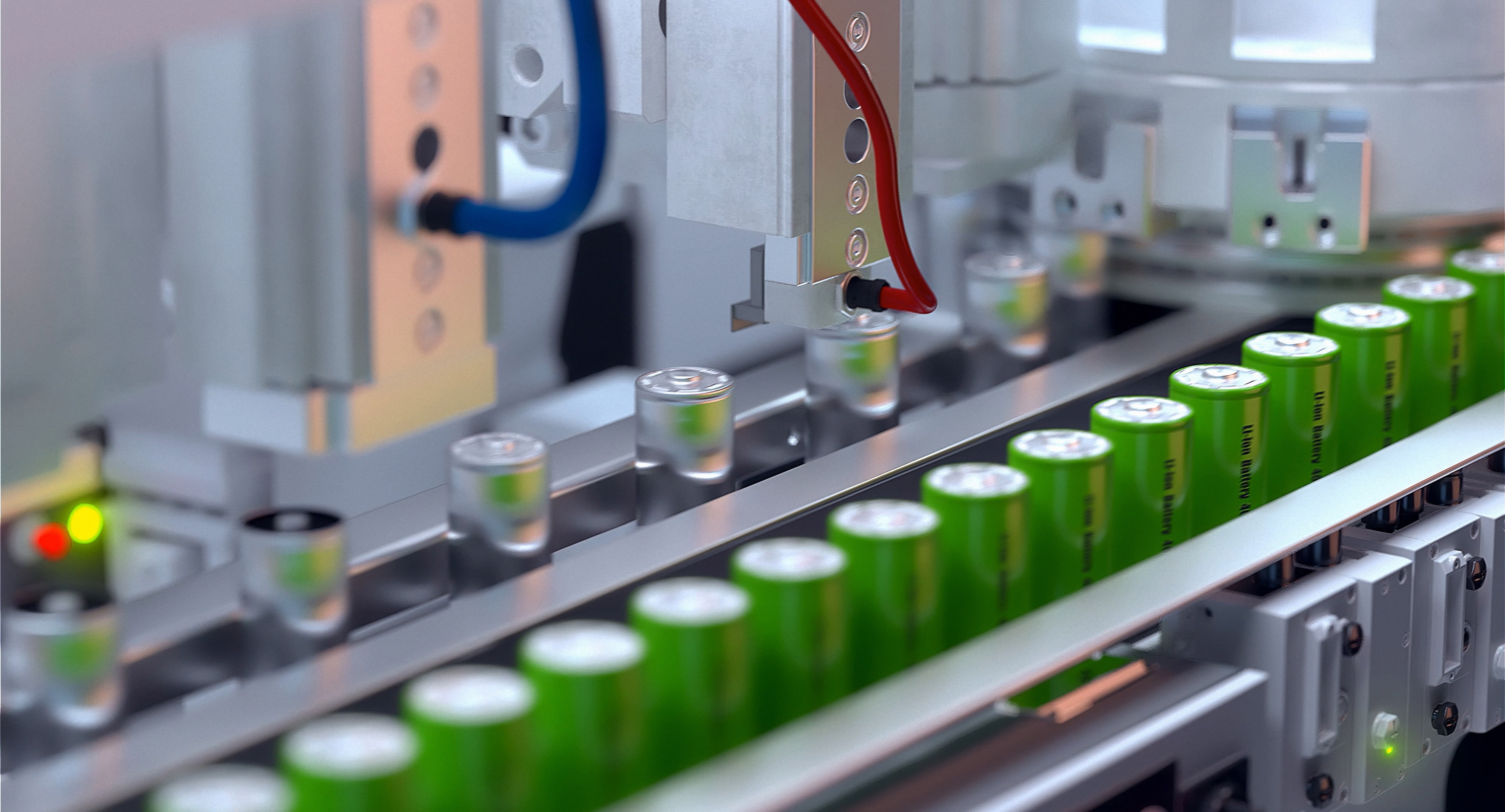High Power Battery Technology

KEY INFORMATION
Manufacturing - Chemical Processes
TECHNOLOGY OVERVIEW
Lithium-ion battery technology using graphite anode material is widely used in consumer electronics, electric vehicles and energy storage systems. However, for high-power, ultra-fast charge/discharge applications, e.g., regenerative braking in cars, electric buses, batteries for aircraft/marine sectors, graphite anode material is less preferred due to safety and performance limitations.
Currently, lithium titanate oxide or LTO battery technology is one of the commercially available solutions for high power applications. LTO battery is a type of rechargeable battery that has a longer cycle life, faster charging and safer than conventional lithium-ion batteries. Despite these advantages, LTO battery is up to two times more costly than conventional lithium-ion batteries in the market, and has considerably lower specific energy density of about 60-110 Wh/kg than conventional lithium-ion chemistries, e.g., 90-165 Wh/kg for LFP and 150-270 Wh/kg for NMC.
The technology proposed by the Singapore-based research team relates to a method to synthesise a proprietary formulation of lithium-ion battery anode consists of mesoporous titanium dioxide (TiO2) material. This novel anode formulation for high power batteries is potentially able to reduce the production cost to about US$250-300 per kWh from US$500-600 per kWh for LTO, according to preliminary estimates by the team based on manufacturing capabilities in China. The cost reduction is derived from the use of cheaper TiO2 raw materials (vs. LTO) and the simple manufacturing process. The mesoporous TiO2 anode material can be integrated into existing manufacturing lines for lithium-ion cells without the need for new equipment.
Using 18650 cylindrical cell of mesoporous TiO2 anode material with manganese-based cathode material, the cell achieved superior charging rate performance of up to 5C, energy density level of 70-100 Wh/kg and a cycle life of about 10,000 cycles, while retaining 75% of the initial capacity. The research team anticipated that the TiO2 cells will have up to 30% better energy density than LTO cell technology.
The research team is seeking industry partners to collaborate for a 5-10 kWh test bed project on a fast-charging application including uninterrupted power supply (UPS), regenerative braking and etc. The research team is able to tap on their in-house facilities to fabricate mesoporous TiO2 cells (32700 or 18650 format) using the novel anode formulation.
TECHNOLOGY FEATURES & SPECIFICATIONS
- Energy density: 70-100Wh/kg
- Charging: 3-4C in 15-20min
- Rapid pulse charging: 10-20C in 3-6min
- Discharging: 5-10C in 6-12 min
- Long cycle life: 5000-10000 cycles
- No metal plating, no micro-shorting and no thermal runaway
- Lower cost than current high-power battery solutions in the market: estimated $250-300/kWh
- Relatively lesser supply chain issue hence easy to scale for market penetration
POTENTIAL APPLICATIONS
- Regenerative braking in cars, electric buses, aerospace and marine sectors
- Uninterrupted power supply systems in data centres or solar energy storage systems to address intermittency issues
Market Trends & Opportunities
Depending on the type of applications considered, the market is segmented to different sectors including electric powertrain, aerospace/marine industries and energy storage systems. The global market for LTO batteries is expected to grow at a CAGR of 17.92% from 2022 to 2030. The growth of the market is driven by the increasing demand for LTO batteries in the aforementioned applications.
Unique Value Proposition
Unlike the high-power battery solutions offered in the market, the proposed high-power battery technology solution is safe and inexpensive with moderate energy density, enabled by the mesoporous TiO2 anode material formulation. The team expected that the anode material formulation has relatively lesser supply chain issue thanks to abundance of its raw material, hence it is easy to scale up the technology for market penetration.
